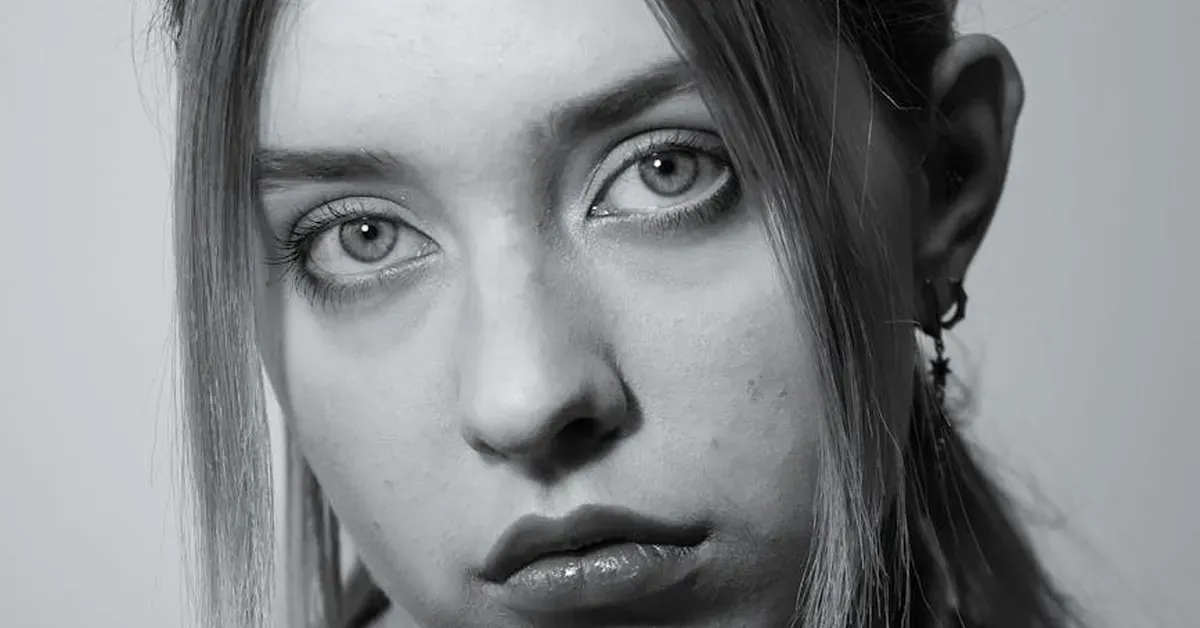
Men and women live in radically different beauty worlds, and science just proved it begins with our lips. A groundbreaking study from the University of Sydney has uncovered surprising gender differences in beauty standards that reshape our understanding of attraction, suggesting our preferences aren’t just personal - they’re programmed differently depending on our gender.
Researchers used digitally manipulated images to test how different lip sizes influence perceptions of facial attractiveness. The results revealed something unexpected: women consistently prefer fuller lips on other women, while men favor more natural proportions. This disconnect creates a beauty paradox where women pursue aesthetic ideals that don’t necessarily match what potential partners actually find attractive.
The Beauty Perception Gap
The difference in how men and women judge lip attractiveness isn’t subtle. Women participants showed a marked preference for enlarged lips on female faces - precisely the look that cosmetic procedures like lip fillers aim to create. Men, meanwhile, consistently rated more natural proportions as most attractive.
This disconnect might explain the rising popularity of cosmetic procedures among women despite there being no evolutionary advantage. “Women are enhancing features to appeal to other women rather than potential male partners,” notes the research, challenging conventional assumptions about beauty standards being primarily driven by mate selection.
Perhaps more fascinating is how quickly these preferences can change. The study found that recent visual exposure significantly influenced participants’ subsequent beauty judgments - essentially, what we’ve recently seen as beautiful temporarily becomes our new standard. This suggests our beauty ideals are far more malleable than previously understood and helps explain how modern dating app culture might reshape our aesthetic preferences.
Young Girls and Early Beauty Socialization
The gender gap in beauty norms starts remarkably early. Additional research shows that societal expectations about appearance begin shaping children’s values almost from the moment they understand gender identity. Young girls learn to value physical appearance differently than boys, creating a foundation for lifelong differences in how beauty is perceived and prioritized.
This early socialization creates a troubling cycle where beauty standards are transmitted between generations of women with little external input. Girls receive beauty messages not just from media, but from mothers, sisters, and female peers - creating what researchers call “within-gender beauty standards” that operate independently from what heterosexual men actually find attractive.
The implications extend beyond personal choices to mental health impacts. Studies reveal women make considerably more appearance-based social comparisons than men, with a heightened vigilance toward perceived weaknesses rather than strengths.
Beastly Beauty in the Workplace
Beauty standards don’t just shape romantic interactions - they create measurable inequality in professional settings. Researchers documenting “beauty-based inequality” have found that attractiveness can actually become detrimental in certain contexts, a phenomenon called the “beauty is beastly” effect.
This negative impact of beauty occurs most prominently for women in male-dominated fields where attractiveness can undermine perceived competence. The most significant gender differences emerge when beauty acts as a liability rather than an asset, suggesting that women face a complex balancing act between professional and aesthetic expectations that men simply don’t experience.
These findings align with broader research showing multiple beauty standards coexist based on different evaluative frameworks. There isn’t a universal beauty standard but rather a complex interplay of gendered expectations that shift across contexts.
Media Manipulation and Beauty Economy
The research also raises critical questions about the cosmetic procedure industry, which primarily markets to women. The gap between what women think is attractive and what heterosexual men actually prefer suggests a beauty economy built on within-gender expectations rather than cross-gender attraction.
Digital manipulation in beauty research shows how quickly artificial standards can be normalized. The Sydney University study used computer-modified images similar to social media filters, and participants rapidly adapted their preferences based on recent exposure - much like how Instagram and TikTok might reshape beauty norms through repeated exposure.
This manipulation extends beyond lips to a complex system of beauty ideals that operates differently across gender lines. Whiteness, youth, and facial symmetry all play roles in beauty judgment, but their importance varies significantly between men and women.
The gender differences in beauty standards ultimately reveal less about physical preference and more about social hierarchies. Women’s beauty practices often aim to establish status among other women rather than attract potential partners, suggesting that what we consider personal beauty choices are actually sophisticated social signals in a highly gendered visual language.